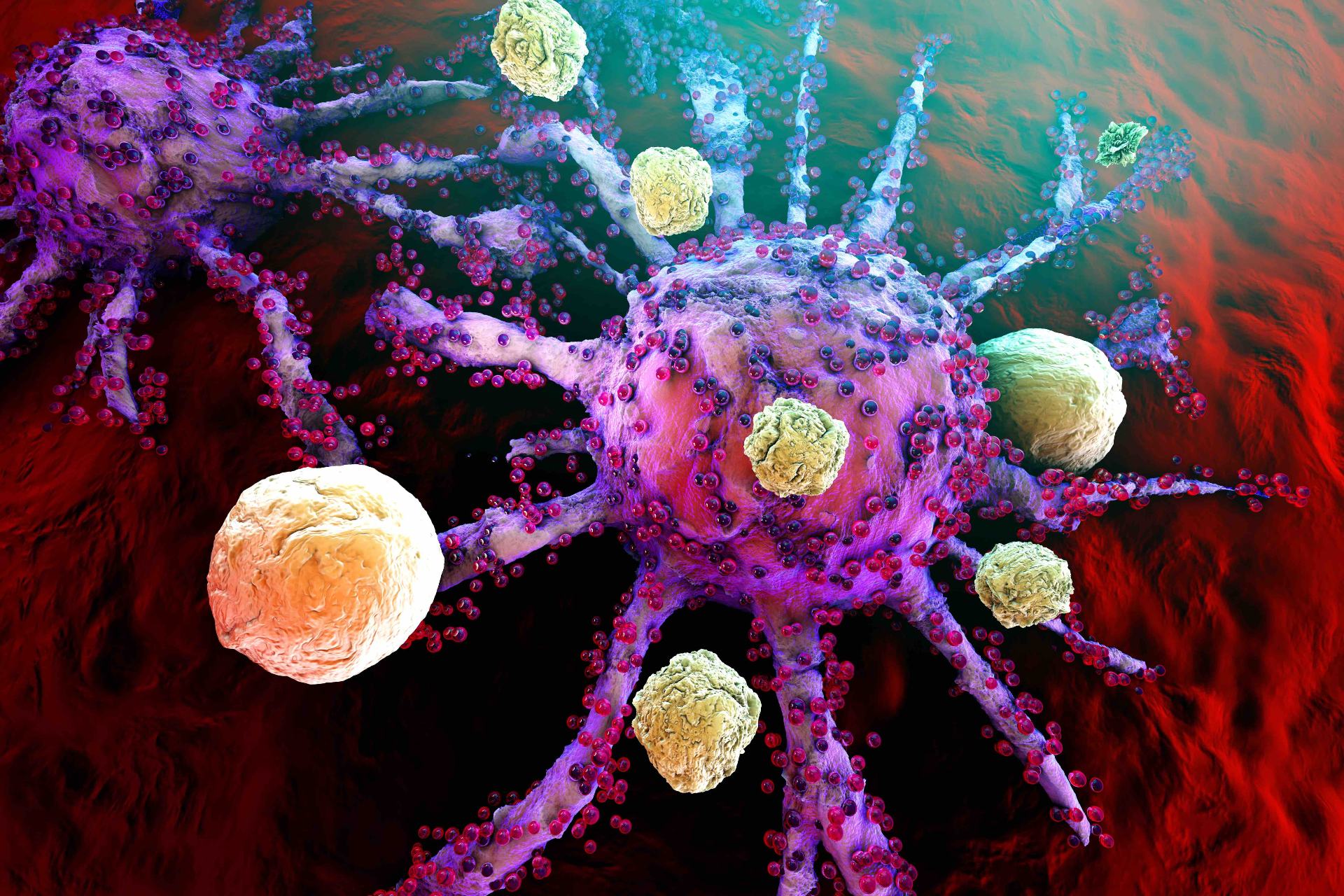Article
Identifying Multiple Myeloma Treatment Patterns by Age and Region
Author(s):
A poster abstract evaluated real-world treatment patterns by region and age to better understand these issues in order to address them.
With 40% of patients with newly diagnosed multiple myeloma (NDMM) or relapsed/refractory multiple myeloma (RRMM) ineligible for clinical trials, outcomes in elderly or frail patients are unclear. What data are available suggest that these patients have poorer outcomes, which may be a result of using less aggressive treatments or the fact that they have comorbidities or poor tolerance to therapies.
A poster abstract presented at the 24th European Hematology Association Congress evaluated real-world treatment patterns by region and age to better understand these issues in order to address them.
The researchers used data from INSIGHT MM, a global, prospective, noninterventional, observational study. Patients were enrolled from 15 countries in Asia, Europe, Latin America, and the United States, and they were followed prospectively for at least 5 years with data collected at baseline and every 3 months.
They enrolled 1495 patients with NDMM and 1263 patients with RRMM. More than half (56%) of those with NDMM and just less than half (46%) of those with RRMM were younger than 66 years, 33% and 35% were between the ages of 66 and 75 years, and 14% and 19% were older than 75 years.
In patients who were newly diagnosed and younger than 66 years or between the ages of 66 and 75 years, triplet therapies were the top 3 most common regimens, whereas doublets were more common (2 of the top 3 regimens) in patients older than 75 years. However, for each age group, across all regions, the most commonly used treatment was bortezomib, cyclophosphamide, and dexamethasone (VCd). In Europe, VCd was the most commonly used among patients 66 years and older while bortezomib, thalidomide, and dexamethasone was used most for patients younger than 66 years. Meanwhile, in the United States, bortezomib, lenalidomide, and dexamethasone was the most commonly used for all age groups.
A similar pattern emerged in patients with RRMM, with younger patients more likely to use triplet therapy compared with older patients. However, there is greater treatment heterogeneity in patients with RRMM, which the researchers attributed to the greater number of novel treatments available in the setting. While the second and third most commonly used regimens varied greatly, there was consistency at the top: In Europe, lenalidomide and dexamethasone was most commonly used across all age groups, and in the United States it was most commonly used for patients 75 years or younger. Patients older than 75 years were most commonly prescribed carfilzomib and dexamethasone.
“Regulatory reasons may also contribute to the greater number of regimens for RRMM, as drugs are generally first approved in this setting before moving to NDMM,” the authors noted.
Reference
Chari A, Weisel KC, Usmani SZ, et al. Evolving treatment patterns in multiple myeloma (MM) differ by age and region: analysis from INSIGHT MM, a global, prospective, observational study. Presented at: 24th European Hematology Association Congress; June 13-16; Amsterdam, the Netherlands. Abstract PF601.





